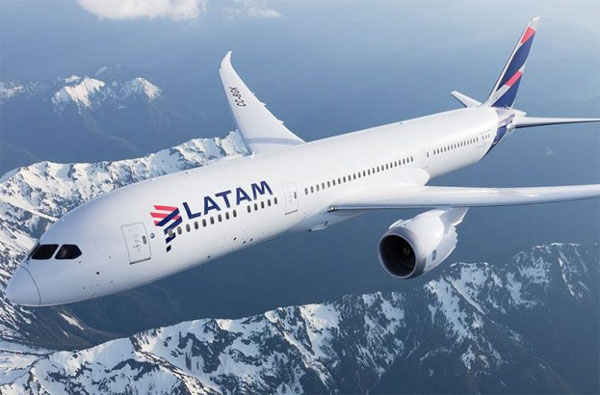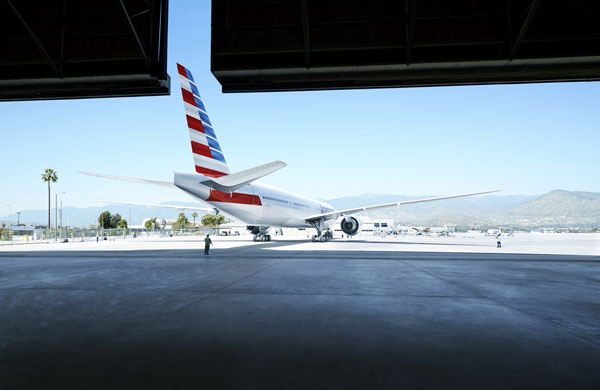Monday, January 2, 2023

The digital wave has had an impact on most of the industries, and the airline sector is no anomaly. The upcoming year 2023, will open up new prospects for faster analytics and insight access, more ancillary revenue potential and higher levels of business traveller satisfaction. The airline industry is anticipated to return to profitability in 2023, despite continued worries about a pandemic-induced financial crisis, asserts the International Air Transport Association. Here are some airline industry trends that are expected to dominate the sector.
Artificial Intelligence
A recent industry study estimated that by 2023, AI in the aviation market will grow at a CAGR of 46.4%. In order to maximise customer happiness, AI is being employed to provide passengers with a personalised travel experience. The digital interactions between airlines and passengers are becoming more personalised, optimised, and scaled up thanks to artificial intelligence. The airline business is using AI and ML to tailor its services to the needs of its customers based on social sentiment of the passengers.

Mounting strain on global air cargo sector
The global air cargo industry may be “under significant pressure” in 2023 since revenues are predicted to be $149.4 billion, or around $52 billion less than in 2022, despite the fact that the outlook for passenger services is mostly positive. Given the current state of the economy, cargo volumes might decrease to 57.7 million tonnes compared to a peak of 65.6 million tonnes flown by cargo operators in 2021. In the latter half of the year, when the impact of inflation-cooling measures is anticipated to bite, IATA predicts a decline in cargo yields of 22.6%.
Impact of Russian invasion of Ukraine on the aviation industry
The effects of Russia’s war on Ukraine has obviously put a cap on the recovery. Less than 50 of more than 250 aircrafts that have been leased to Russian airlines since the war began, have been recovered by their lessors and flown outside of Russia. The Russian government has announced plans to scrap foreign aeroplanes in order to obtain replacement parts for their own versions. The lack of trustworthy maintenance records since the start of the war will also likely put pressure on the value of any aircraft that is retrieved from Russia. The supply shortage that all airlines and asset owners are currently experiencing will only worsen by this.

Cost of supply breakdown
Rising costs is another issue set to become more prominent in 2023. Escalating operating expenses for airlines pose a vital credit concern, especially considering the simultaneous pandemic hiatus. There are still concerns about whether customers will be able to afford the increased rates necessary to preserve the already precarious airline profit margins. Rising expenses are also making supply chain breakdown more obvious. Both a lack of essential materials and a sizable backlog of delivery from original equipment manufacturers are plaguing the sector.
Facilitating frictionless travel
In this sector, biometric adoption is still in its infancy. However, a small number of airlines have already started to invest in fingerprint and facial recognition technology. The main source of frustration for passengers continues to be the lengthy lines at the baggage carousel or for security checks. Their frustrations are increased by repeatedly having to present their passports, identity cards, or boarding permits for inspection. To solve these problems and reduce travel-related friction for passengers, airlines are experimenting with biometrics more and more.
Tags: Airline, airline trends
Tuesday, April 23, 2024
Tuesday, April 23, 2024
Tuesday, April 23, 2024
Tuesday, April 23, 2024
Tuesday, April 23, 2024